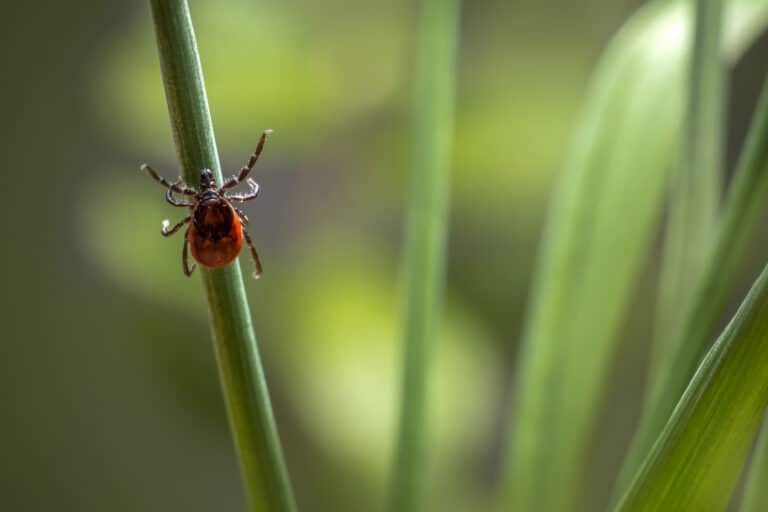Oh, you’re not surprised?
A recent report released by the U.S. Forest Service and published in the Journal of Forestry (who knew?) breaks down the raw numbers. According to the report 170 million people visit national forests each year for the purpose of recreating. These activities include hiking and walking (which happened in almost 20 percent of visits), backpacking (topping the list in energy expended by visitors, and downhill skiing (16 percent of visits). Visitors in the Northeast and Southeast engaged in more intensive physical activities, while those in the West accounted for 75 percent of visits. All this activity adds up to a total of 290 b-b-billion calories burned over the course of the year. The authors argue the study offers an even stronger case for governments to open and maintain parks to keep people outdoors and healthier, which will have long term, positive, benefits on society and our economy as a whole.
Another recent, and slightly scarier, study from the National Wildlife Federation finds that the majority of kids in the U.S. are sleep deprived. Reasons range from busy schedules to digital media to too much homework (my dog ate it?) but one slightly surprising reason was a lack of outdoor playtime. According to their new guide, “Green Time for Sleep Time,” a nearly complete lack of regular outdoor playtime is causing kids to miss about 2 hours of sleep a night. Because they are spending more and more time inside, children are not getting enough natural light during the day to induce sleep during the night. This keeps them up and cranky, which nobody wants. From the benefits of natural light on kids’ sleep cycle, to the obvious health advantages of getting exercise outside, to the stress release of breaking free of four walls and a ceiling, getting more kids outside more often seems like a no-brainer for parents.
Time spent in the outdoors, especially in green open spaces, has also been shown to improve the symptoms of attention deficit hyperactivity disorder (ADHD) in children. A University of Illinois study found that playing in green outdoor settings, as opposed to playgrounds or inside, daily or several times a week caused ADHD symptoms to be milder. With childhood obesity rates tripling in the past 25 years, and with almost 10 percent of kids diagnosed with ADHD, the physical and psychological benefits of healthy outdoor activity could not be more important. The great part is, nature is all around us and, for the most part, free. So get out there and make a statement, play outside.








